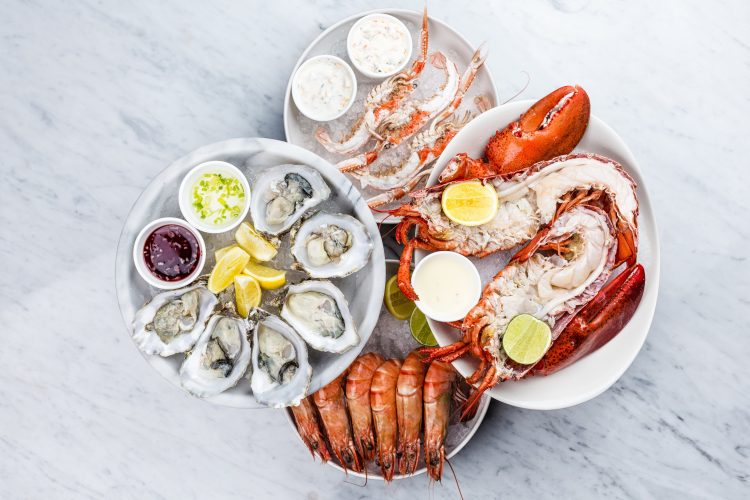What should cell-based seafood be called?
- Like
- Digg
- Del
- Tumblr
- VKontakte
- Buffer
- Love This
- Odnoklassniki
- Meneame
- Blogger
- Amazon
- Yahoo Mail
- Gmail
- AOL
- Newsvine
- HackerNews
- Evernote
- MySpace
- Mail.ru
- Viadeo
- Line
- Comments
- Yummly
- SMS
- Viber
- Telegram
- Subscribe
- Skype
- Facebook Messenger
- Kakao
- LiveJournal
- Yammer
- Edgar
- Fintel
- Mix
- Instapaper
- Copy Link
Posted: 10 August 2021 | New Food Magazine | No comments yet
The cell-based seafood sector will have to decide upon one name for its products that is easy for consumers to understand and is appealing.


Food companies, regulators, marketers, journalists and others should use the terms “cell-based” or “cell-cultured” when labelling and talking about seafood products made from the cells of fish or shellfish, according to a new Rutgers study in the Journal of Food Science.
The US Food and Drug Administration and US Department of Agriculture require food products to have a “common or usual name” on their labels, so consumers can make informed choices.
With more than 70 companies around the world developing cell-cultured protein products and more than $360 million invested in their development in 2020 alone, the adoption of one common name is crucial as products move closer to commercialisation.
The study by William Hallman, a professor who chairs the Department of Human Ecology in the School of Environmental and Biological Sciences at Rutgers University–New Brunswick, confirmed the results from his earlier study comparing seven potential names for these products.
In the new study, a representative sample of 1,200 consumers evaluated packages of Atlantic salmon designed to mimic those found in grocery stores, labelled with “cell-based seafood” or “cell-cultured seafood”.
The names were evaluated using five criteria to test their ability to meet FDA labelling regulations and producers’ needs to sell their products. These criteria included each term’s ability to help consumers distinguish cell-cultured seafood from wild and farmed fish; to signal its potential as an allergen; to be seen as an appropriate term for the product; to not disparage cell-cultured or conventional products; and to not evoke thoughts, images or emotions that the products aren’t safe, healthy, and nutritious.
“The results suggest that both ‘cell-based seafood’ and ‘cell-cultured seafood’ meet FDA regulations,” Hallman said.
“They help the majority of consumers understand that the new products are produced in a different way from the ‘wild-caught’ and ‘farm-raised’ fish they may already be buying. At the same time, consumers also recognised that if they are allergic to seafood, they shouldn’t eat the product.”
The study’s participants reported slightly more positive overall impressions, slightly greater interest in tasting and slightly greater likelihood of purchasing the products labelled as “cell-based seafood” than those labelled as “cell-cultured seafood.”
“Both names work well,” Hallman added. “The key is to choose a single term and to get everyone to adopt it. That will reduce confusion and ultimately help consumers understand what they are buying.”
Related topics
Allergens, Food Safety, Labelling, Regulation & Legislation, Research & development, retail









